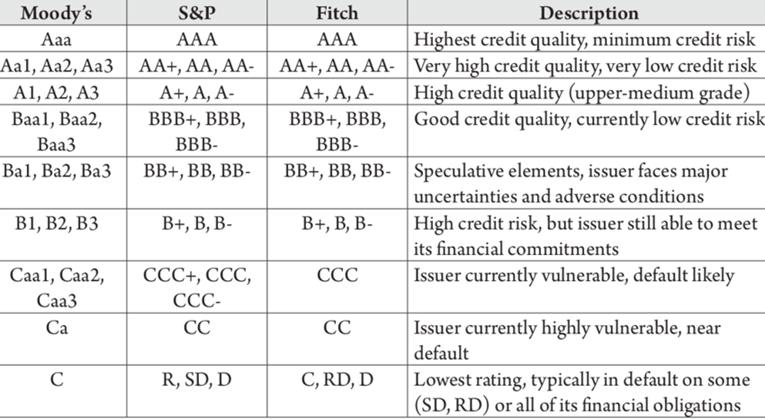Free Courses Sale ends Soon, Get It Now


Free Courses Sale ends Soon, Get It Now



Disclaimer: Copyright Infringement not intended.
Context
What Is a Sovereign Credit Rating?
Some Credit Rating Scales

Importance of Credit Ratings
Strength of India’s sovereign rating
Criticism of Credit Rating Agencies
Registered Credit Rating Agencies in India
All the credit rating agencies in India are regulated by SEBI (Credit Rating Agencies) Regulations, 1999 of the Securities and Exchange Board of India Act, 1992
© 2024 iasgyan. All right reserved